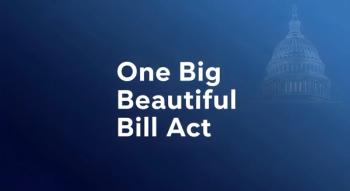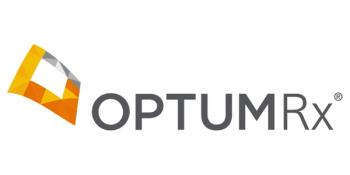
OIG: Medicare Paid More for Stelara under Part D than Part B
New analysis shows that differences in the methods used to set drug payment amounts under Part B versus under Part D result in different payment amounts for the same drugs.
As payers stopped covering the subcutaneous version of Stelara (ustekinumab) under Medicare Part B, costs borne by Medicare and beneficiaries rose under Part D, according to a new
Developed by Janssen, a Johnson & Johnson company, Stelara is a biologic approved to treat patients with several autoimmune diseases, including Crohn’s, ulcerative colitis, plaque psoriasis and psoriatic arthritis. It is a high-cost drugs with a list price of $25,497.12 every 8 weeks for the 90 mg dose as of March 2022, according the
Prior to 2023, the subcutaneous version of Stelara was covered by both Part D and Part B when the injection was administered by a physician. But a policy change by payers means beneficiaries must now get their prescriptions for Stelara through a pharmacy and covered through Part D.
“Given the hundreds of millions of dollars being spent on Stelara through both Part B and Part D, we believed it provided for an excellent case study regarding how coverage determinations for certain drugs affect payments made by the Medicare program and costs for its enrollees,” Regional Inspector General David Tawes told Formulary Watch.
Medicare expenditures for Stelara have increased from $300 million in 2016 to $2.6 billion in 2023.
The OIG review found that in 2021, the annual cost per enrollee for Stelara was $155,203 in Part D compared with $86,347 in Part B, a difference of 80%. At the same time, the average cost of Stelara has increased 84% from 2016 to 2023 under the Part D program, but decreased slightly through Part D.
“Medicare and certain enrollees paid substantially more for the same drug when it was dispensed through a pharmacy under Part D than administered through a physician under Part B,” Tawes said. “From a larger perspective, this was due to fundamental differences in the way Part B and Part D set payment amounts for drugs.”
He said the Part B payment amount is based on the actual average sales price of the drug (after discounts) as reported by manufacturers. In contrast, the Part D amount represents the average amount pharmacies get paid by private Part D plans, and it is based on negotiations between plan sponsors, pharmacy benefit managers, drug manufacturers, and pharmacies.
“Our findings illustrate how differences in the methods used to set drug payment amounts under Part B versus under Part D result in widely different payment amounts for the same drugs,” Tawes said.
Under Part B, Medicare generally pays about 80% of the cost, with beneficiaries responsible for 20%. About 89% of beneficiaries have supplemental insurance to help with costs. In 2022, nearly half of Part D enrollees treated with Stelara were eligible for the low-income subsidy (LIS).
Stelara was part of the first group of products chosen as part of Medicare’s drug price negotiation under the Inflation Reduction Act. Earlier this year, the Center for Medicare and Medicaid Services sent proposals to manufacturers and began the negotiation process. New prices will take effect Jan. 1, 2026. The Congressional Budget Office last year
The share of Part D enrollees with coverage for the 10 drugs ranges from less than 60% for Fiasp/NovoLog and 66% for Stelara to 100% for Eliquis, Entresto, Imbruvica, Jardiance, and Xarelto, according to a September 2023
At the same time, three biosimilars of Stelara have been approved — Amgen’s Wezlan, Samsung Bioepis’ Pyzchiva and Alvotech/Teva’s Selarsdi — and are expected to be available in 2025 based on licensing agreements with Janssen.
Tawes said the impact of the biosimilars is still uncertain. “Part D is a complex program with varied incentive structures, and previous OIG work has shown that lower-cost alternatives are not always preferred by Part D plans. Further, our analysis of Stelara is an example of how differences in the methods used to set drug payment amounts under Part B versus under Part D result in widely different payment amounts for the same drugs. The effects of those program differences are not limited to Stelara,” he said.
Newsletter
Get the latest industry news, event updates, and more from Managed healthcare Executive.






















































